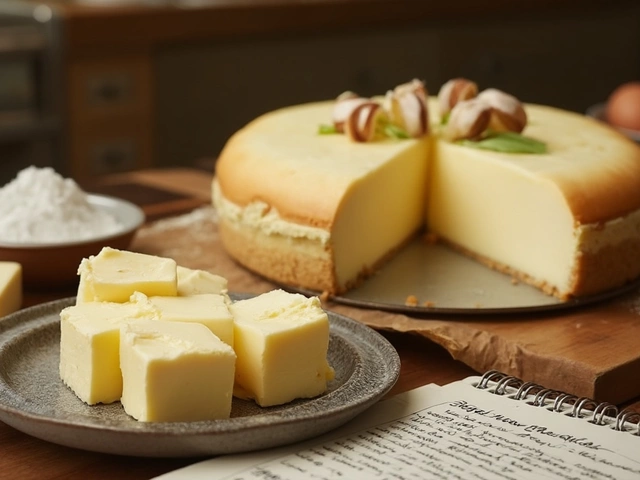Fudge Not Setting? Quick Fixes You Can Use Today
If your fudge stays soft, gooey, or refuses to firm up, you’re not alone. Most home cooks hit the same roadblock: the fudge never reaches that perfect, slice‑able texture. The good news is that the problem usually comes down to a few easy‑to‑spot issues—temperature, stirring, and cooling. Fix any one of these and you’ll get that creamy, melt‑in‑your‑mouth fudge you’re after.
Check the Heat: Hit the Soft‑Ball Stage
The single biggest mistake is not cooking the fudge to the right temperature. You need the soft‑ball stage, which falls between 235°F and 240°F (112‑115°C). Below that range, the sugar crystals won’t set, leaving you with runny fudge.
Use a digital candy thermometer and keep it in the side of the pot, not touching the bottom. If you don’t have a thermometer, you can do the cold‑water test: drop a small spoonful of the syrup into ice water. If it forms a soft ball that you can roll between your fingers, you’re there.
Remember, altitude matters. At higher elevations, water boils lower, so you might need to go a few degrees higher. Adding a pinch of cream of tartar can also help keep the sugar from crystallizing too early.
Stirring and Cooling: The Secret to Smooth Fudge
Once you hit the right temperature, you must stop stirring. Keep the pot on the heat until the fudge reaches the target range, then remove it from the stove. Let it sit for a minute—this lets the bubbles settle.
After that minute, start beating the fudge with a wooden spoon or electric mixer. Beat until it thickens and loses its glossy shine; this usually takes 3‑5 minutes. If you stop too early, the fudge stays glossy and won’t set.
Next, pour the fudge into a greased pan and let it cool at room temperature. Don’t rush it with the fridge; rapid cooling can cause the fudge to become grainy or crack. If you’re in a hurry, a cool but not cold spot in the kitchen works fine.
Still not setting? Here are a few rescue tricks:
- Re‑heat and re‑beat: Gently warm the fudge back to 210°F, then beat again. Often the extra agitation helps the crystals form properly.
- Add a little butter: One tablespoon of butter can give the fudge a smoother texture and help it firm up.
- Use corn syrup: If you’re consistently having grainy trouble, replace a portion of sugar with light corn syrup. It interferes with crystal formation and keeps the fudge creamy.
By watching the temperature, timing your stir, and cooling the fudge slowly, you’ll avoid the common “fudge not setting” nightmare. Try the steps above on your next batch, and you’ll have perfect, slice‑ready fudge in no time.

3 Ingredient Fudge Not Setting? Here’s What’s Going Wrong
Wondering why your 3 ingredient fudge refuses to set? This article breaks down the top reasons for runny or soft fudge and how to fix it. Learn about the roles of each ingredient, typical mistakes, and simple tweaks to get perfect fudge every time. Get practical advice you can use today. Stop stressing about failed batches and discover how to turn fudge flops into rich, sliceable treats.
View More




